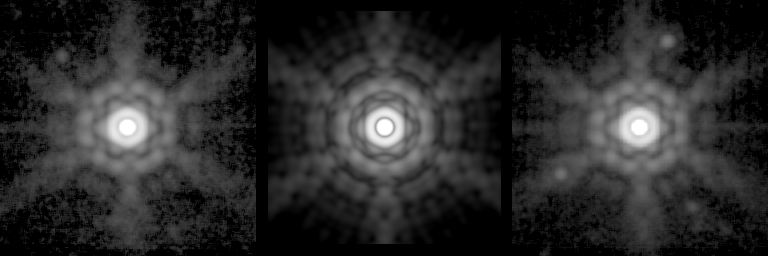
Figure 1: MIPS 24 micron images of (left) K star HD 53501; (center) in-focus STinyTIM simulation; and (right) G star HD 2151. All are displayed in a log scale.
Principal:
Deputy:
Analyst:
AORKEYS:
Last Updated:

Figure 1: MIPS 24 micron images of
(left) K star HD 53501; (center) in-focus STinyTIM simulation; and (right)
G star HD 2151. All are displayed in a log scale.

Figure 2: MIPS 24 micron images of
(left) K star HD 53501; (center) defocused STinyTIM simulation; and (right)
the sky/model ratio. All are displayed in a log scale.
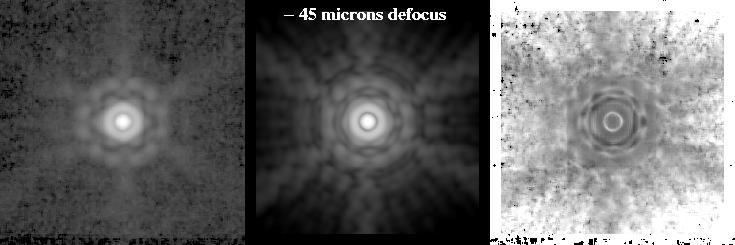
Figure 3: MIPS 24 micron images of
(left) K star HD 53501; (center) defocused STinyTIM simulation; and (right)
the sky/model ratio. All are displayed in a log scale.
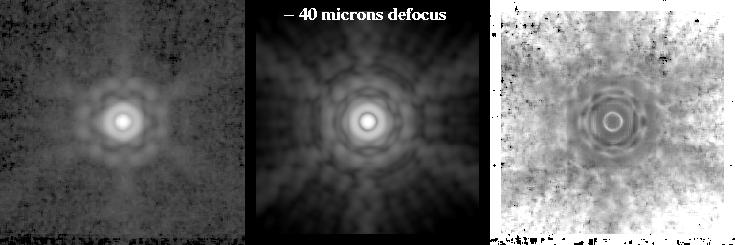
Figure 4: MIPS 24 micron images of
(left) K star HD 53501; (center) defocused STinyTIM simulation; and (right)
the sky/model ratio. All are displayed in a log scale.
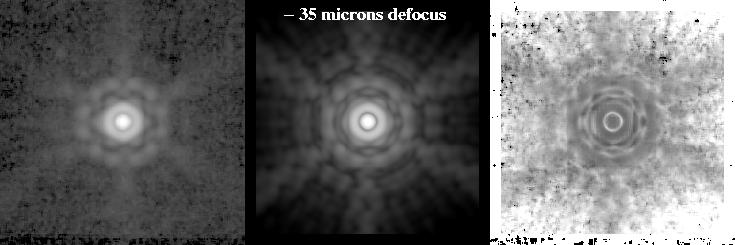
Figure 5: MIPS 24 micron images of
(left) K star HD 53501; (center) defocused STinyTIM simulation; and (right)
the sky/model ratio. All are displayed in a log scale.

Figure 6: MIPS 24 micron images of
(left) K star HD 53501; (center) defocused STinyTIM simulation; and (right)
the sky/model ratio. All are displayed in a log scale.
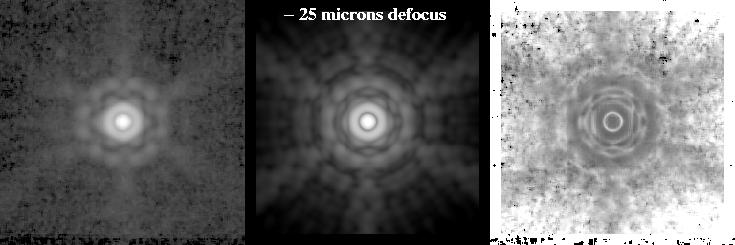
Figure 7: MIPS 24 micron images of
(left) K star HD 53501; (center) defocused STinyTIM simulation; and (right)
the sky/model ratio. All are displayed in a log scale.
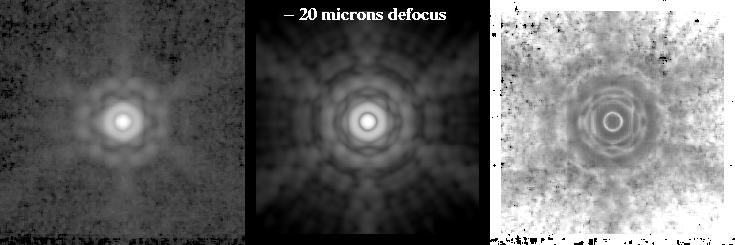
Figure 8: MIPS 24 micron images of
(left) K star HD 53501; (center) defocused STinyTIM simulation; and (right)
the sky/model ratio. All are displayed in a log scale.
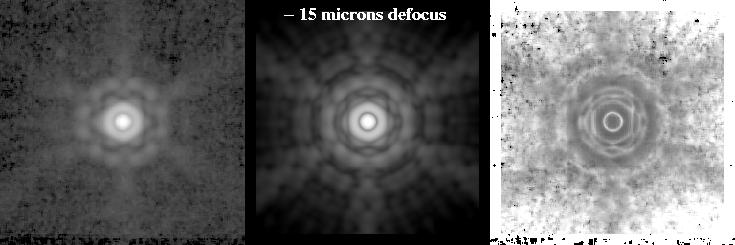
Figure 9: MIPS 24 micron images of
(left) K star HD 53501; (center) defocused STinyTIM simulation; and (right)
the sky/model ratio. All are displayed in a log scale.
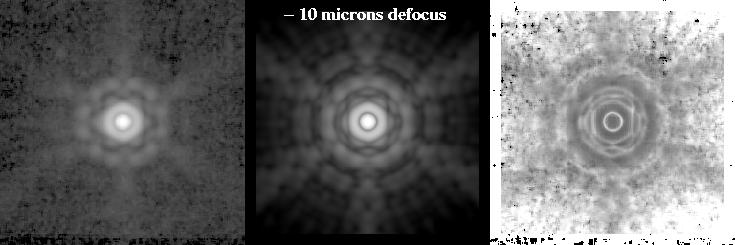
Figure 10: MIPS 24 micron images of
(left) K star HD 53501; (center) defocused STinyTIM simulation; and (right)
the sky/model ratio. All are displayed in a log scale.
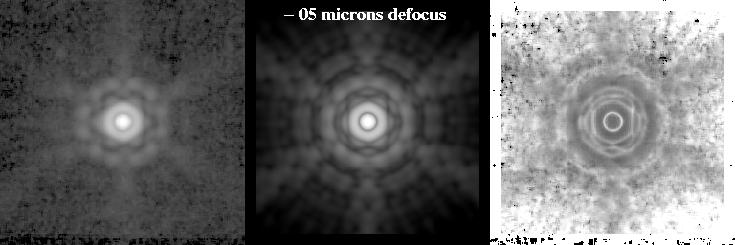
Figure 11: MIPS 24 micron images of
(left) K star HD 53501; (center) defocused STinyTIM simulation; and (right)
the sky/model ratio. All are displayed in a log scale.
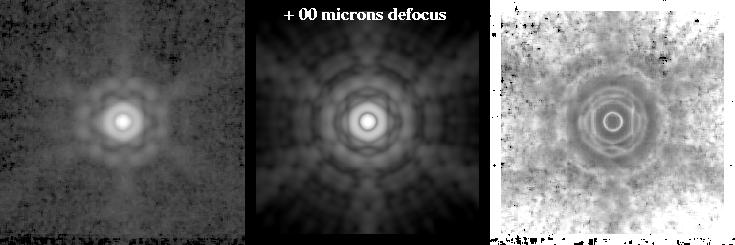
Figure 12: MIPS 24 micron images of
(left) K star HD 53501; (center) defocused STinyTIM simulation; and (right)
the sky/model ratio. All are displayed in a log scale.
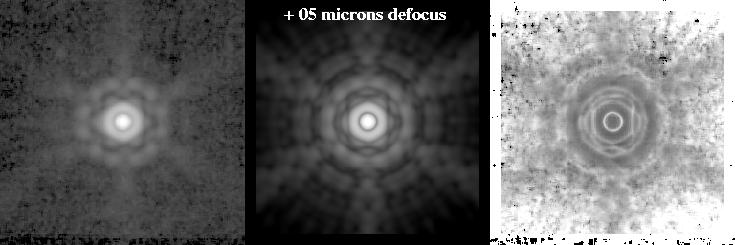
Figure 13: MIPS 24 micron images of
(left) K star HD 53501; (center) defocused STinyTIM simulation; and (right)
the sky/model ratio. All are displayed in a log scale.
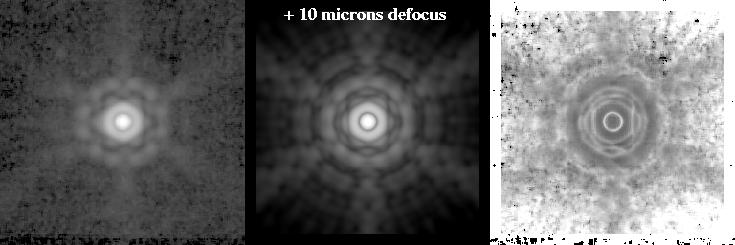
Figure 14: MIPS 24 micron images of
(left) K star HD 53501; (center) defocused STinyTIM simulation; and (right)
the sky/model ratio. All are displayed in a log scale.

Figure 15: MIPS 24 micron images of
(left) K star HD 53501; (center) defocused STinyTIM simulation; and (right)
the sky/model ratio. All are displayed in a log scale.

Figure 16: MIPS 24 micron images of
(left) K star HD 53501; (center) defocused STinyTIM simulation; and (right)
the sky/model ratio. All are displayed in a log scale.
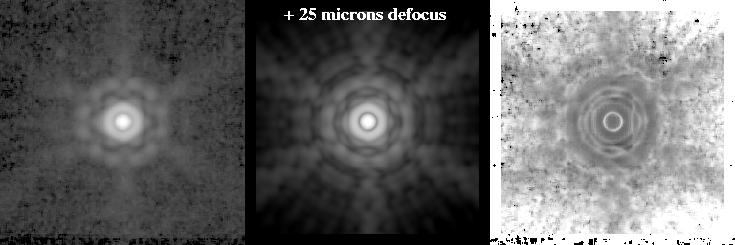
Figure 17: MIPS 24 micron images of
(left) K star HD 53501; (center) defocused STinyTIM simulation; and (right)
the sky/model ratio. All are displayed in a log scale.

Figure 18: MIPS 24 micron images of
(left) K star HD 53501; (center) defocused STinyTIM simulation; and (right)
the sky/model ratio. All are displayed in a log scale.

Figure 19: MIPS 24 micron images of
(left) K star HD 53501; (center) defocused STinyTIM simulation; and (right)
the sky/model ratio. All are displayed in a log scale.
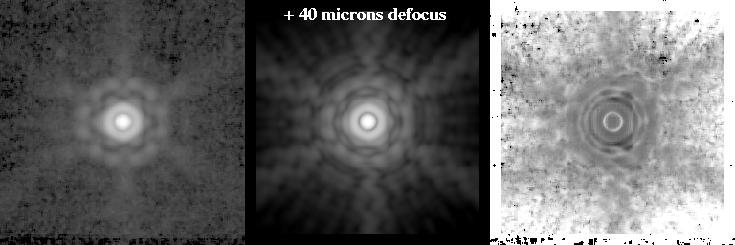
Figure 20: MIPS 24 micron images of
(left) K star HD 53501; (center) defocused STinyTIM simulation; and (right)
the sky/model ratio. All are displayed in a log scale.

Figure 21: MIPS 24 micron images of
(left) K star HD 53501; (center) defocused STinyTIM simulation; and (right)
the sky/model ratio. All are displayed in a log scale.

Figure 22: MIPS 24 micron images of
(left) K star HD 53501; (center) defocused STinyTIM simulation; and (right)
the sky/model ratio. All are displayed in a log scale.